Henri Toulouse-Lautrec: Aristocratic and Dispossessed
Noble by birth, bohemian by nature, the French artist loved to paint ‘the people of the night’, drunkards, can-can dancers, and the madness of the Belle Époque.
Henri Marie Raymond de Toulouse-Lautrec-Monfa, known simply as Henri de Toulouse-Lautrec was born on November 24, 1864 in Albi, a town in the south of France (about 50 miles from Toulouse), into an aristocratic and fine-art loving family. His parents, Count Alphonse-Charles-Marie de Toulouse-Lautrec-Montfa and Countess Adèle-Zoë-Marie-Marquette Tapié de Céleyran, were first cousins (marriages between family members, at that time, were quite common) and absolutely incompatible in character. While one was an exhibitionist and whimsical Don Juan, the other was a calm and rather bigoted woman. In addition to the incompatibilities, this marriage between blood relatives also proved problematic for the serious consequences it had on the painter's genetic heritage, particularly the osteogenesis imperfecta (a disorder characterized by fragile bones) that afflicted Henri throughout his short life. That aside, the young Henri had a happy childhood, pampered especially by his mother who called him petit bijou (‘little jewel’).
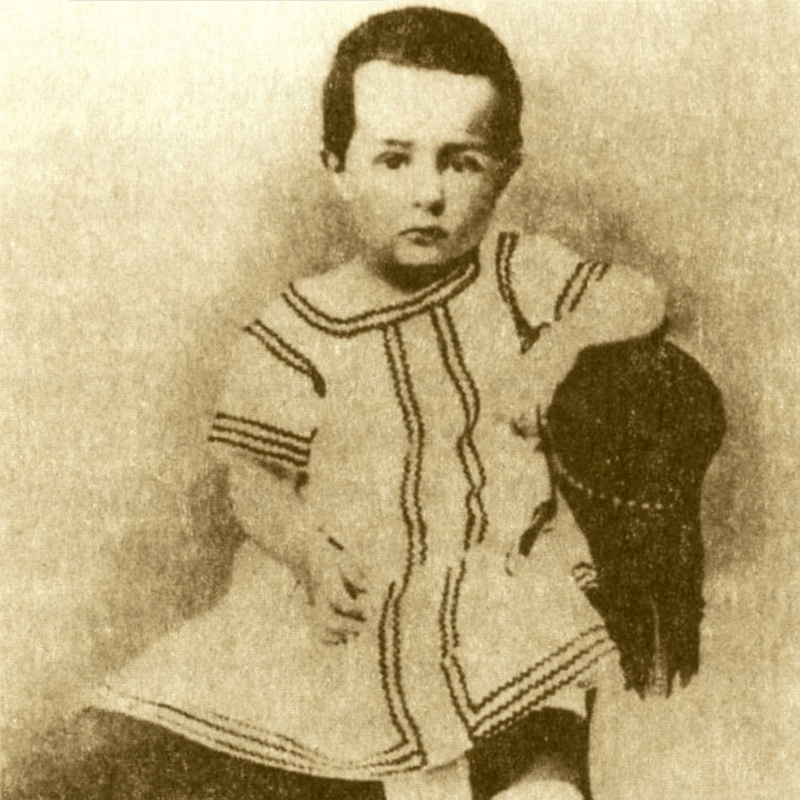
At ten, however, his health began to deteriorate. A few years later, the young Henri fell on two occasions and broke first one leg and then the other a few months later. Due to his illness, the fractures never completely healed and his legs did not develop properly, resulting in Henri being only 5 feet tall, with an ordinary-sized torso and the legs of a child. Due to his health problems, the painter was forced to stay in a sanatorium for long periods. In the boring moments of forced immobility, to kill time and have fun, Toulouse-Lautrec deepened his passion for painting, drawing relentlessly on whatever he could find: sketchbooks, albums, scraps of paper.
Related: The First Works of 10 Famous Artists

After studying in the ateliers of painters Léon Bonnat (who also taught Edvard Munch) and Fernand Cormon in Paris (where he also came into contact with Vincent van Gogh when the Dutch artist passed through the French capital), Toulouse-Lautrec decided to found his own studio in Montmartre. This choice turned out to be decidedly significant: instead of an upper-class neighborhood, suited to his noble origins, the painter opted for this colorful, party-going suburb, full of dubious clubs (and brothels). As is logical to imagine, his parents did not welcome this choice. His father even demanded that Henri sign his paintings with the pseudonym Tréclau (an anagram of Lautrec), a request that was accepted and satisfied by the painter only initially.
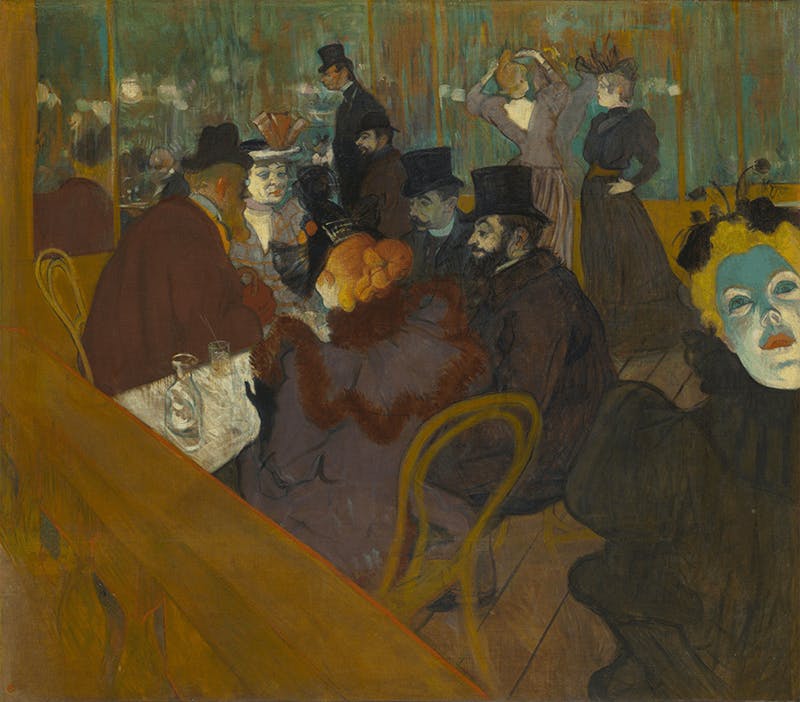
Gifted with charisma and a sense of humor, Toulouse-Lautrec soon made friends with the inhabitants of the neighborhood and did not disdain at humble company. Despite his aristocratic origins, he loved to surround himself with those who were often excluded from society, such as poor artists and prostitutes. Despite his physical deformity, Toulouse-Lautrec also had many Don Juan adventures. His sexual appetite was renowned and his being rather ‘gifted’ earned him the nickname of cafetière.
Related: On and Off the Canvas: Art's Most Famous Muses
During this period, the artist also made advertising posters for the Moulin Rouge and other venues. It should be remembered that Lautrec was a tireless and eclectic experimenter of artistic techniques, and in addition to being a painter was also known as a graphic designer. Inspired by Japanese prints, he created simplified and lively shapes with block colors using the lithographic technique. These posters can be considered the first products of modern advertising graphics, visible from afar, easily recognizable and attractive to the viewer and consumer.
![Henri de Toulouse-Lautrec, ‘Divan Japonais’ poster [detail], 1893, print 81 × 62.3 cm, Museum of Fine Arts, Boston. Photo public domain](https://images.prismic.io/barnebys/b9e6e626-6f1d-4a79-a01f-3795a13b524f_4.jpg?w=800&auto=format%2Ccompress&cs=tinysrgb)
Those years in Montmartre were very important and prolific for the artist. His exploration of the Parisian suburb told stories of human nature, nocturnal people, and the comédie humaine that gravitated around the very famous clubs, such as the Moulin Rouge. Toulouse-Lautrec often portrayed the much-loved nightclubs where he spent his time drinking absinthe and admiring the can-can dancers. For example, his paintings Au Moulin Rouge (‘At the Moulin Rouge’), La Danse au Moulin-Rouge (‘At the Moulin Rouge, The Dance’) and The Salon de la Rue des Moulins (‘Salon de la rue des Moulins’), to name a few, date back to this period – vivid images of the cheerful and noisy Paris of the Belle Époque.
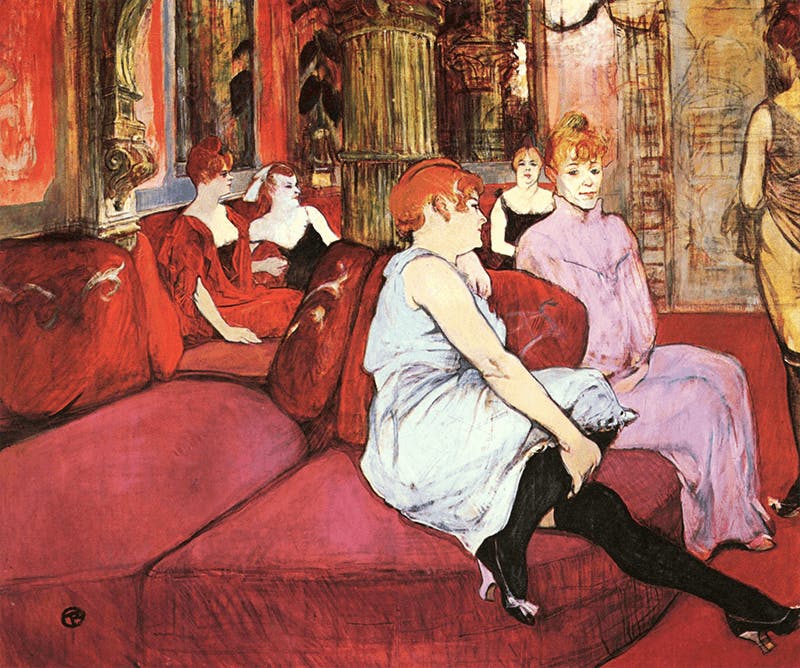
The protagonists of his paintings were also the ‘filles de joie’ who worked in the brothels and who the painter loved to portray in their intimacy, to grasp their depth in an authentic way. The sympathy between the prostitutes and Toulouse-Lautrec was mutual: the painter immortalized on the canvas the world of the brothels without false modesty, without prejudice, without sentimentality, but with great sensitivity, even revealing the homosexual relationships that bound some of the girls together. The prostituées, for their part, appreciated this petit homme, who viewed them as subjects capable of inspiring paintings full of poetry, rather than as mere objects.
Related: Eugène Delacroix: 5 Facts to Know
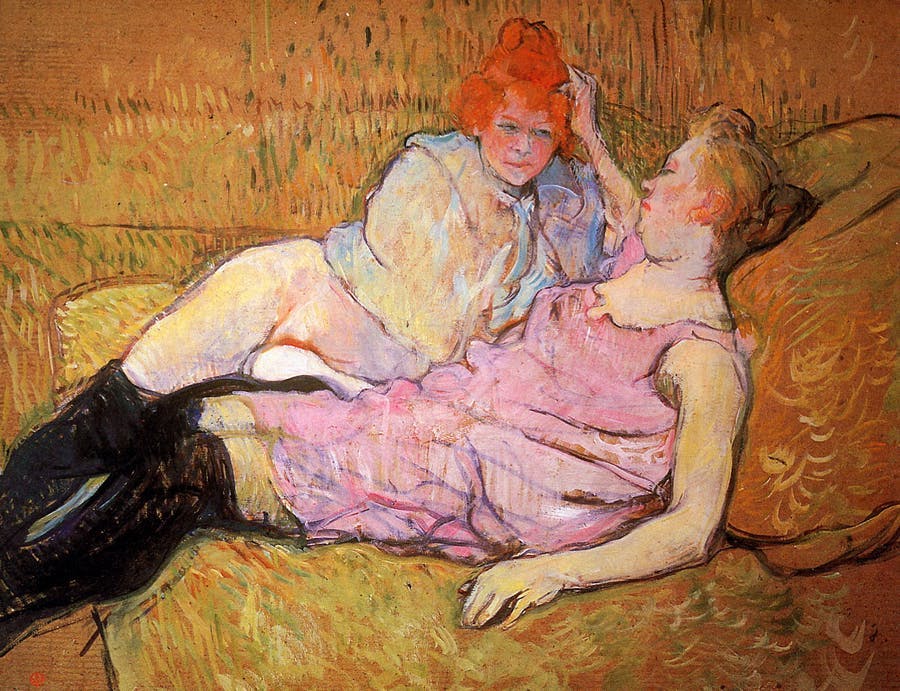
In addition to painting, cooking and travel were also counted among Toulouse-Lautrec's passions. Few people know that the artist was also an excellent cook and that he collected, over the years, a large number of recipes (original and revisited), published posthumously by his friend Maurice Joyant in the book L'Art de la Cuisine.
Among the cities he visited, his absolute favorite was London, where he also met and befriended the writer Oscar Wilde.
Another favorite among Toulouse-Lautrec’s repertoire was alcohol. The painter soon became addicted to absinthe (the cognac and absinthe cocktail Tremblement de Terre seems to have been invented by him), which he even hid inside the hollow handle of his walking stick. Alcohol had devastating effects on his psyche. The courteous and witty man became an irascible, aggressive individual, tormented by hallucinations and suffering from delirium, so much so that he had to be hospitalized for a few months in a clinic for mental illness.
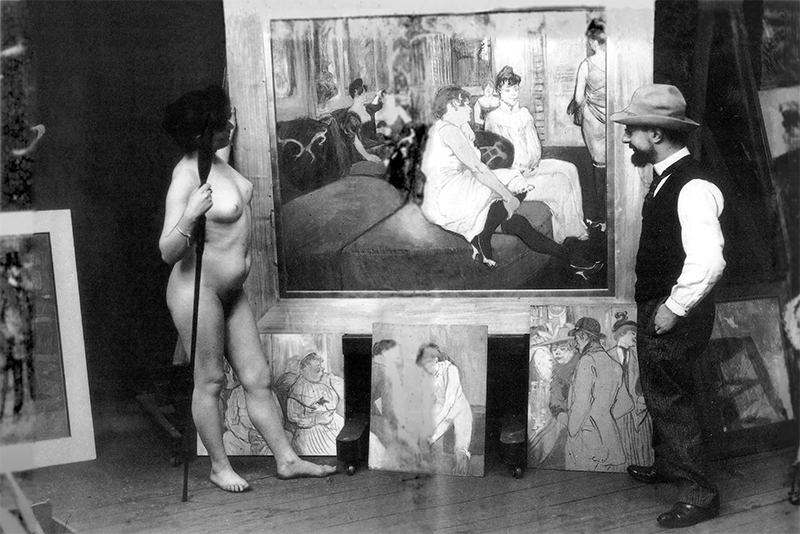
The short period of convalescence was of little use: the joie de vivre and the creative energies of the artist were now exhausted and Toulouse-Lautrec resumed drinking alcohol and, presumably, also opium. He spent the last months of his life at his mother's house, where he died on September 9, 1901. He was only 36. However, his genius and recklessness continue to live on in his works, which smell of French perfume and taste like absinthe.


